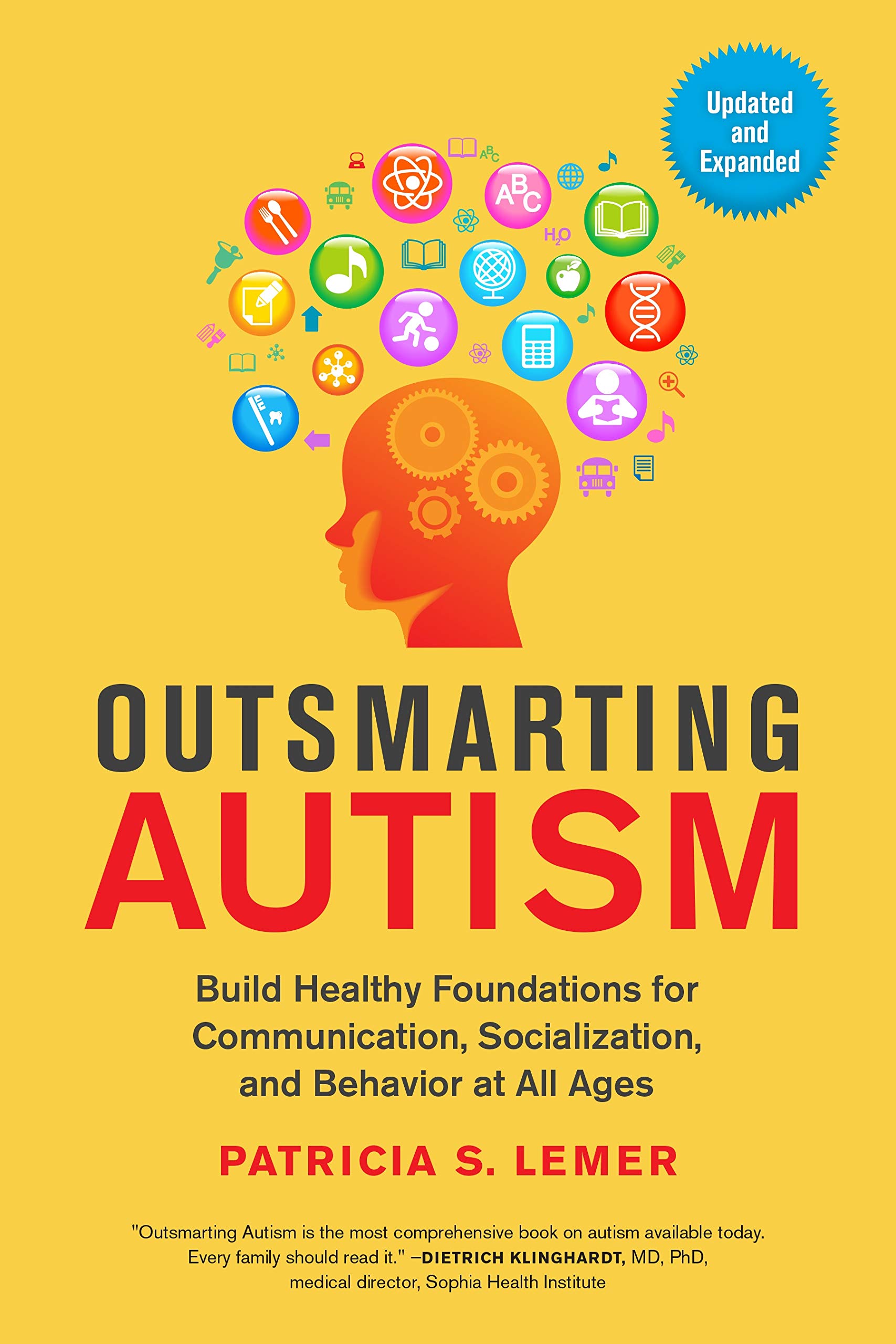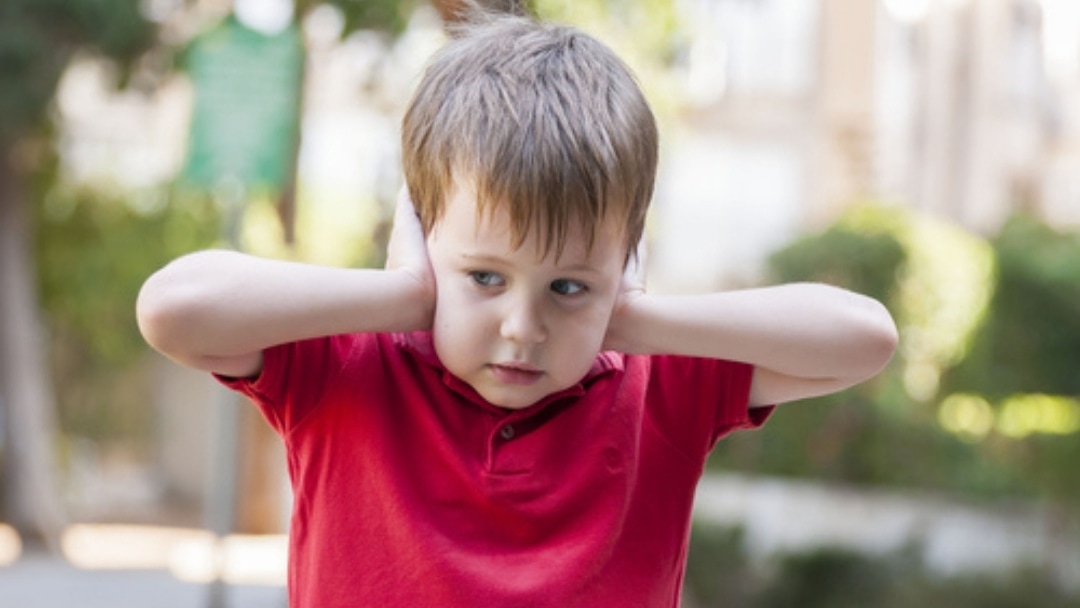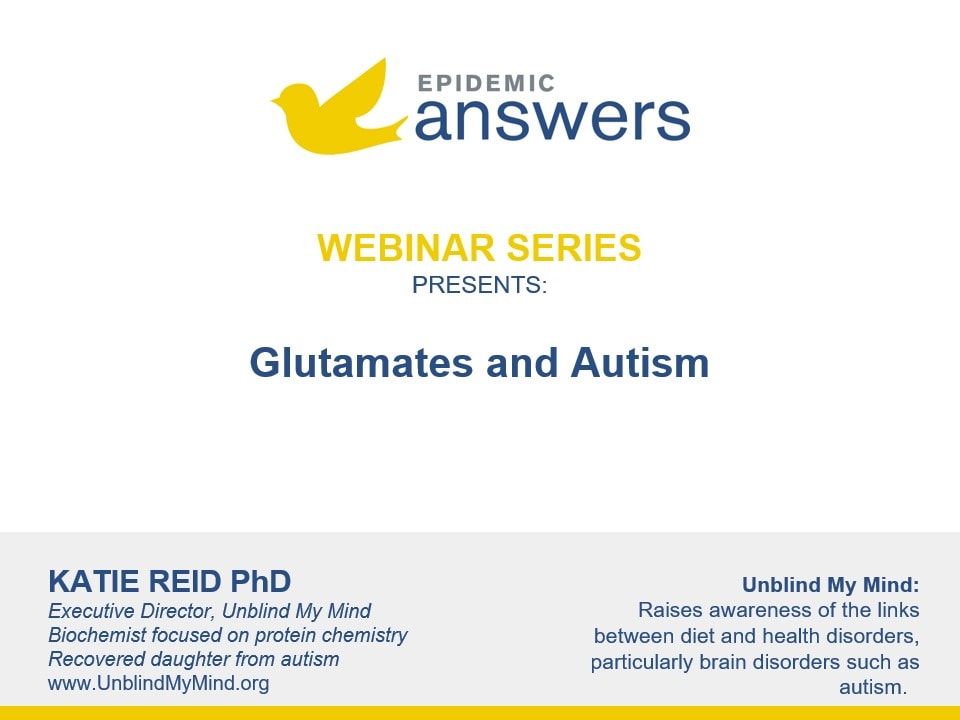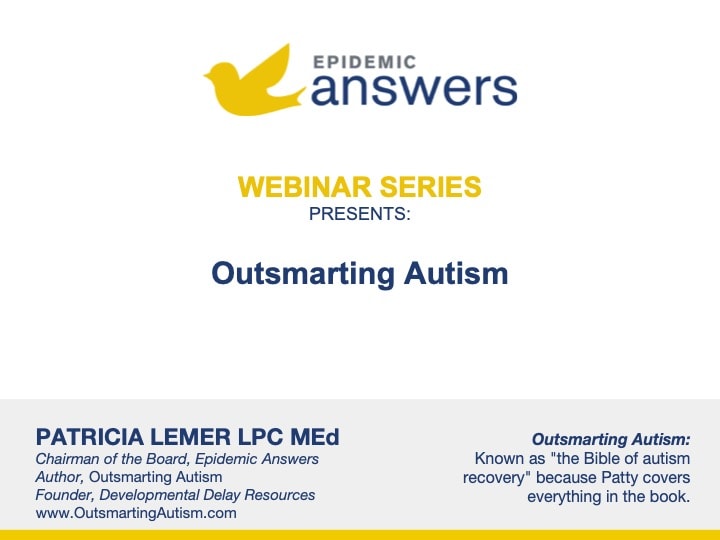The Five-Step Plan
Lemer shows us how to prioritize healing modalities with her five-step plan:
Take Away the Bad Stuff, and Add Back the Good Stuff
Lemer’s Total Load Theory posits that stress in any form (biological, environmental, behavioral, educational, physical and emotional) contributes to the collection of symptoms known as autism. By removing these individual stressors, a child’s body and brain can heal from these symptoms.
In addition, deficiencies, such as nutritional deficiencies, hormonal deficiencies and/or digestive deficiencies, must be corrected for optimal health. Healing diets are discussed in this section of the book.
Correct Foundational Issues
After completing step one (above), a child’s body is more apt to heal and structural issues can then be addressed to rewire the body and brain more optimally. In this step, Lemer discusses structural and brain integration therapies, primitive reflex integration and dental issues.
Address Sensory Problems
Sensory processing and integration issues are common in children with autism, as well as in children with Sensory Processing Disorder, ADD, ADHD, PANS, PANDAS and learning disabilities.
In step three, Lemer reviews methods for evaluating and reducing sensory symptoms. Lemer is well-versed in the symptom-reducing effects of vision therapy provided by a developmental/behavioral optometrist and discusses why it is so important to correct vision (which is not the same thing as acuity).
Focus on Communicating, Interacting and Learning
It is a better use of time, money and development to wait until after the first three steps are implemented before focusing on social-emotional skills and academic readiness. A body that is loaded down with stressors simply does not have the capacity to address these higher-level functions.
Neurofeedback and assistive technologies as well as therapies that can improve social skills such as SonRise, Profectum, DIR Floortime and others are explored in this section of the book.
Plan for the Future
After your child has aged out of receiving services from the school system, what happens next? With the autism rate at 1 in 36 children as of November 2017, this issue is of increasing importance.
Lemer’s step five looks at transitioning your child out of school and into life by exploring self-advocacy, post-secondary education, living arrangements and more.
What’s New in This Edition of Outsmarting Autism
Despite the original edition being published only four years before the release of this edition, much has changed in the world of understanding underlying stressors that might contribute to autism as well as the implementation of therapies and supplements that can reduce symptoms of autism.
This updated edition of Lemer’s book includes discussions on the vagus nerve, stem cells, cannabis, GcMAF and dentistry as well as new topics such as neurodiversity and transitioning into adulthood.
About Patricia S. Lemer LPC MEd
Patricia S. Lemer is a licensed professional counselor, holding a Masters of Education in counseling and learning disabilities from Boston College and a Masters in Business from Johns Hopkins University. She practiced as an educational diagnostician for over 40 years.
She was a co-founder and served as Executive Director of the international non-profit organization Developmental Delay Resources (DDR). After DDR merged with Epidemic Answers, she became Chairman of the Board. When she retired from the board, she became an emeritus board member.

She is the author of three books, the most recent of which is Outsmarting Autism, Updated and Expanded: Build Healthy Foundations for Communication, Socialization, and Behavior at All Ages (North Atlantic Books, 2019).
Lemer wrote over 50 editorials for "New Developments," the quarterly newsletter of Developmental Delay Resources (DDR), from 1995 - 2009. When DDR wound down, she wrote an online blog, "After the Diagnosis, Then What?" from 2009-2017. Her articles and blogs have been updated and archived on the Epidemic Answers website.
Since 2019, Patricia Lemer has recorded a bimonthly podcast, "The Autism Detective." In these hour-long shows, she interviews parents and professionals about their experiences in maximizing the potential of individuals on the autism spectrum. Over 100 episodes are available on Spotify and other online platforms. To learn more, go to PatriciaLemer.com and OutsmartingAutism.com
Still Looking for Answers?
Visit the Epidemic Answers Practitioner Directory to find a practitioner near you.
Join us inside our online membership community for parents, Healing Together, where you’ll find even more healing resources, expert guidance, and a community to support you every step of your child’s healing journey.




